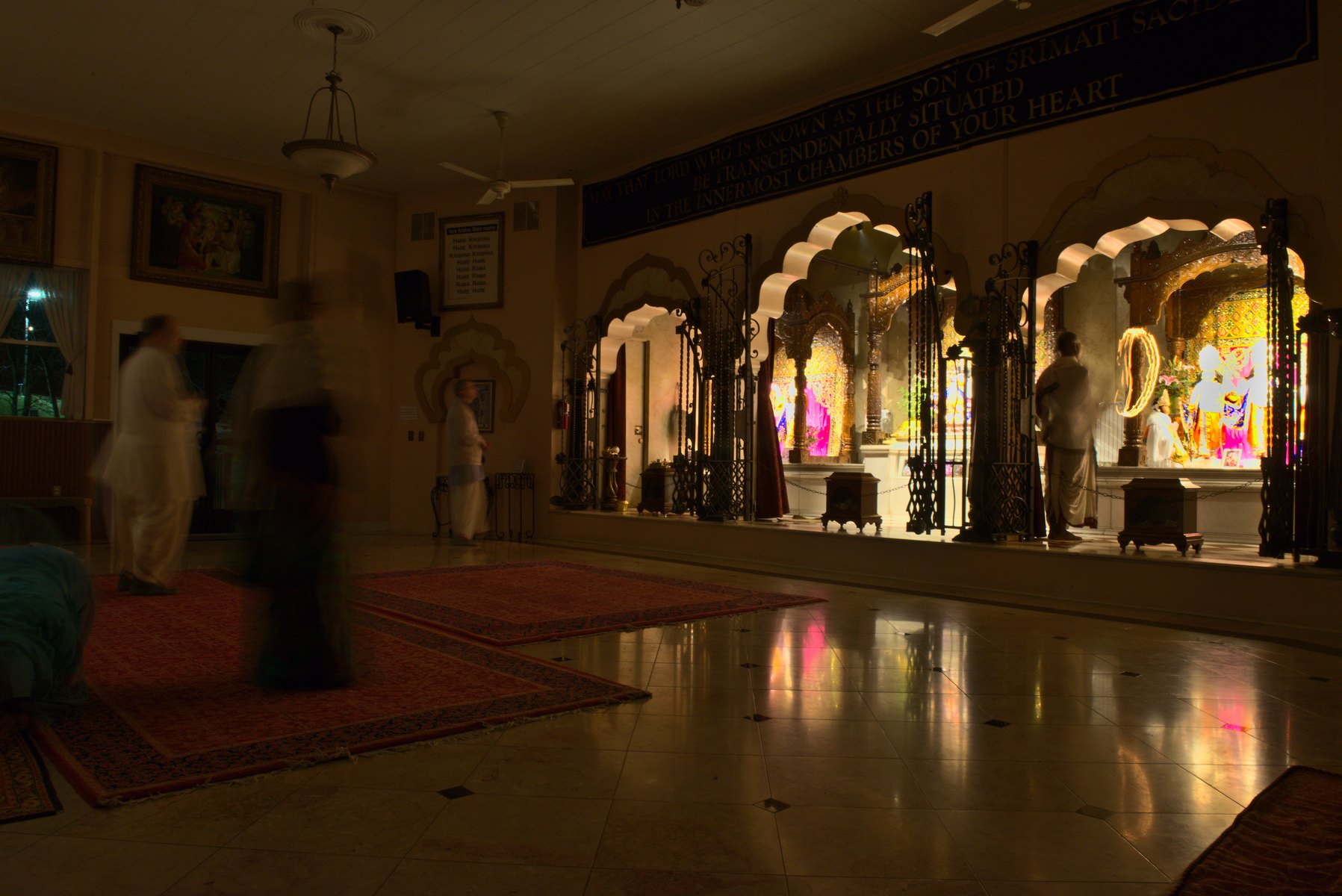In recent years, vaporizers have found a place not only in lifestyle culture but also in the world of creative expression. Many young people across generations are using vape smoke to craft visually striking patterns and perform vape tricks—transforming vapor into a unique form of performance art.
These tricks, often shared on social media or showcased in competitions, highlight the artistic side of vaping. Like any other creative discipline, vape artistry deserves recognition and respect. However, before diving into the visual appeal or entertainment value, it’s important to understand how to use vapes responsibly.
Vaping has gained popularity as both a recreational activity and a perceived alternative to smoking cigarettes. While some users—especially former smokers—turn to vaping for its lower nicotine options, it’s crucial to recognize that this practice is not without risks. No major health issues have been publicly reported by vape artists, but that does not imply vaping is entirely harmless.
In fact, a recent study published in the journal Radiology revealed that vaping can cause temporary changes in blood vessel function even in healthy adults. These effects raise concerns about the potential long-term impact of vaping on cardiovascular health.
As vaping continues to evolve—both as a lifestyle and an art form—it’s important to balance creative expression with awareness, responsibility, and health-conscious choices.




